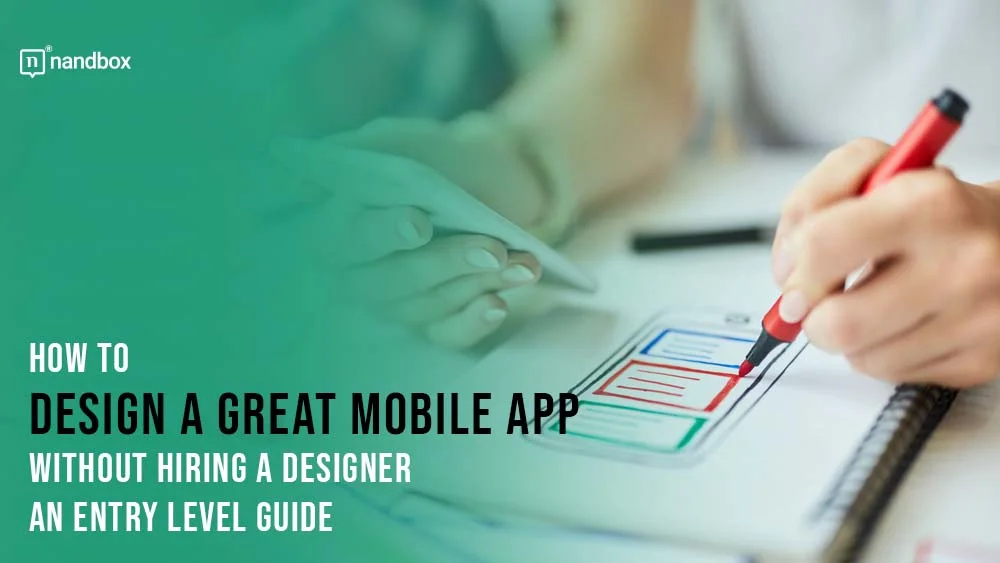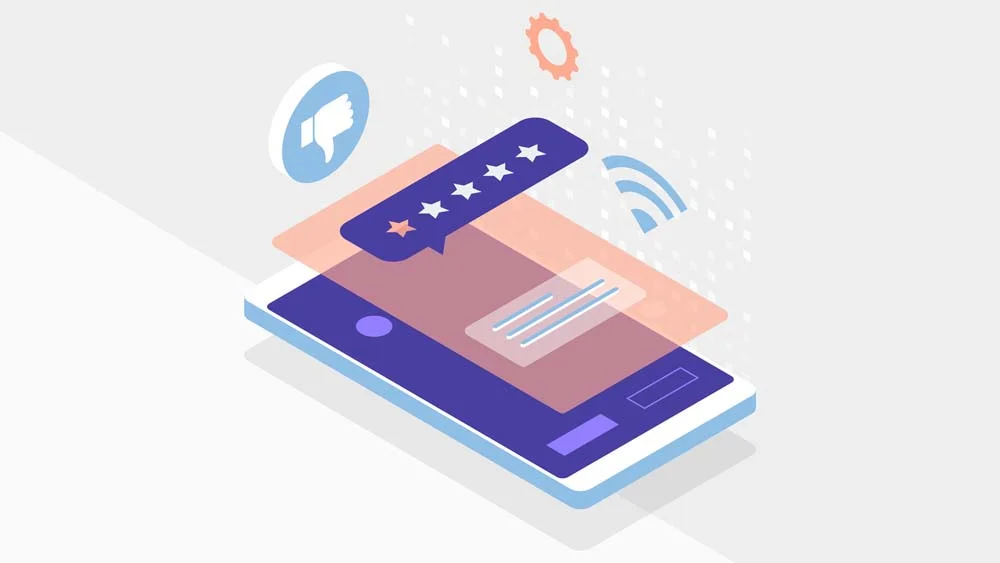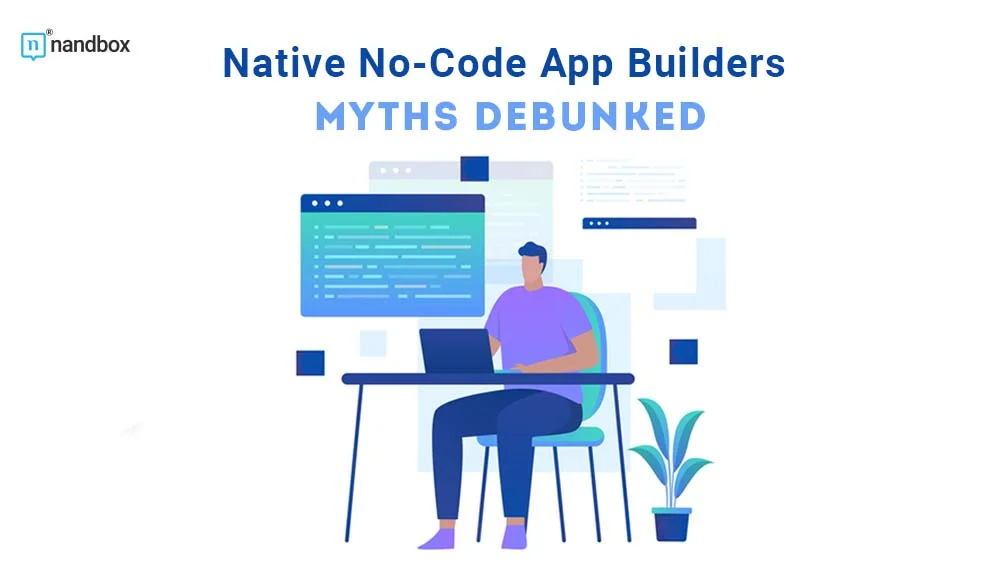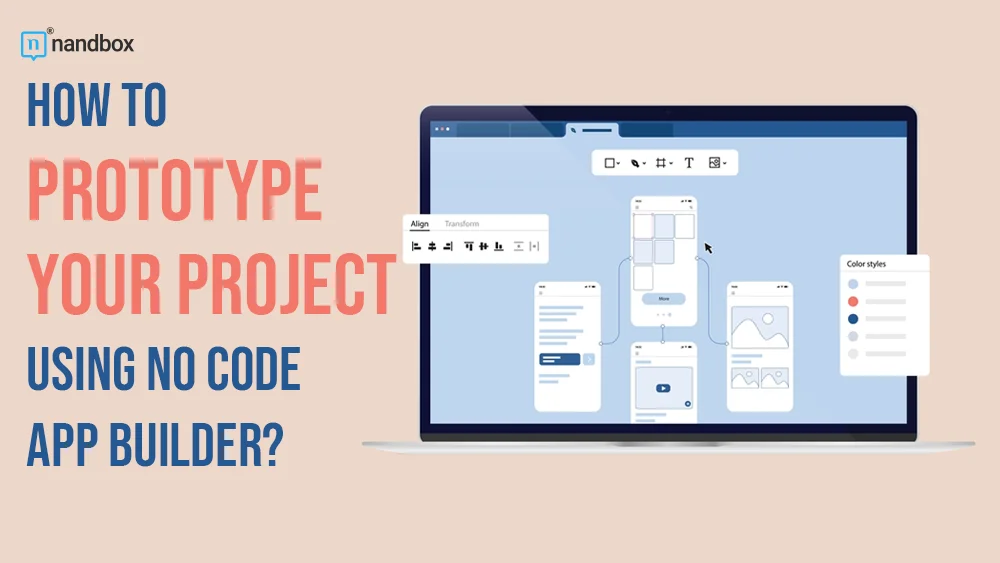Mobile applications have become a crucial part of any organization’s strategic attempts to connect and interact with its intended demographic in today’s quick-paced, digital-first society. Creating mobile apps that meet different requirements and interests is both a tough and gratifying task, given that smartphones and tablets are now firmly established as the leading mediums for communication, entertainment, and productivity. In this entry-level guide, we will be discussing mobile app planning and design for all app developers out there!
This thorough guide on mobile app development seeks to arm programmers, designers, and product directors with the skills and resources required to produce superior, user-centric applications that succeed in the cutthroat mobile ecosystem. By the end of this thorough guide, you will have a solid overview of what mobile app planning and design are and how to effectively implement both into your app.
What Is Mobile App Development: A Quick Overview
It all goes down under the two words “software engineering.” Designing, creating, and maintaining apps specifically for mobile devices like smartphones and tablets are the core goals of mobile app development. This technique makes use of a number of different programming languages, frameworks, and tools, with Kotlin and Java for the development of Android systems and Swift and Objective-C for iOS development being the most popular.
There are two main platforms that dominate the mobile app market: Apple’s iOS, which holds about 27.2% of the global market, and Google’s Android, which holds a sizable market share of over 71.9%. In addition to optimizing for touch-based interactions, mobile app development takes into account device-specific limits, including screen sizes, hardware specifications, and battery life.
The market for high-quality, inventive, and efficient mobile applications is anticipated to increase tremendously as mobile devices continue to spread and user behavior continues to shift in favor of mobile-centric experiences. Below, we will list for you some of the steps that outline the whole mobile app planning and design process.
Define Your App’s Target Audience and Purpose
Before you start designing your mobile app, it’s important to define its purpose and target audience. Ask yourself: What problem does my app solve? Who will benefit from using it? Understanding your app’s purpose and target audience will help you make design decisions that align with your goals and create a user experience that resonates with your target users. Conduct market research and user testing to gather insights and validate your assumptions about your target audience. Use this information to create user personas and a clear value proposition for your app.
Conduct Market Research and Analyze Competitors
Before you start designing your mobile app, it’s important to conduct market research and analyze your competitors. This will help you understand the current market landscape and identify opportunities for differentiation. Look for similar apps in your category and analyze their features, user experience, and pricing strategies.
Identify gaps in the market, list them down, and identify areas where you can offer unique value to your target audience. Use this analysis and research to import information that refines your app’s purpose and value proposition. Moreover, this information and analysis will help influence your design decisions. Conducting market research will allow you to take your first mobile app planning and design steps correctly.
Create a Wireframe and Prototype of Your App
Once you have a clear understanding of your app’s purpose and value proposition, it’s time to start designing. The first step is to create a “wireframe,” which is a basic visual representation of your app’s layout and functionality. This will help you map out the user flow and ensure that all necessary features are included. Having a solid wireframe will allow you to create a basic prototype for your app. Your app’s prototype is a more detailed and interactive version of your app. This will allow you to test the user experience and make any necessary adjustments before moving on to your development process. There are many tools available for creating wireframes and prototypes, such as Sketch, Figma, and InVision. Choose the one that works best for your needs and start designing!
Test for Bugs and Iterate Your App Before Launch
Before launching your mobile app, it’s important to test and iterate on it to ensure that it meets the needs of your target audience. This involves conducting user testing to gather feedback. Your users’ feedback will help you gather information on the app’s usability, functionality, and overall user experience. Use this feedback to make any necessary adjustments and improvements to your app’s design and functionality. It’s also important to test your app on different devices and operating systems to ensure that it works seamlessly across all platforms.
This process is of crucial importance as it allows you to check for bugs or any app glitches so you can actually fix them before anything else. By testing and iterating your app before launch, you can improve its chances of success and ensure that it meets the needs of your users. Additionally, testing your app and fixing everything that needs to be fixed will guarantee user satisfaction and help your app gain better download rates.
The Reason Why Some Mobile Apps Fail
Now that we’ve discussed some basic mobile app planning and design steps, let’s dive into what mistakes you should be avoiding in order for your app to succeed. Some businesses are very successful, but we’ve never heard of their apps. Why is that, you ask? Well, let us discuss what pits they might be falling into without keeping an eye on them.
According to a survey conducted in 2021, 68.07% of Android apps failed to reach the 1,000-download threshold. This implies that, although global mobile app revenues are still increasing, a sizable number of mobile apps and ventures continue to fail. The difficulty lies in identifying and learning from errors made in the creation of mobile apps that failed. Here is a list of some of the most common mistakes businesses fall into:
Lack of Branding Originality: Your App Has to Be Unique!
It is doubtful that your application will be successful if you simply copy the competitor’s and hope for the best, but it is likely that the app store will become oversaturated with your app. To compete in the fiercely competitive world of mobile apps, your app must offer a unique value proposition (UVP). This is also called a “unique selling proposition” (USP). Your services could be like someone else’s, but that doesn’t mean that they shouldn’t stand out in some way. Look for app features that the market lacks. Read app reviews and conduct surveys on what users would like or want in your app to see if what’s desired can be implemented in it or not.
Negative User Experience
This is what we call in the technological world of app development a “disaster.” Why? Well, if your app’s user experience isn’t positive, nothing but failure will be promised to you. Mobile apps’ user interface and user experience are now increasingly crucial in determining whether or not the audience will be using your app. Therefore, you must focus on the user experience of your app to make it engaging, familiar, and comfortable for the users.
Mobile App Planning and Design: App Usage Complexity
Too much or too little of something is never a good thing. Balance is key to a successful app development process when it comes to adding features, modules, and app options. Let’s state facts here: if your app has too many or too few functions, features, or modules, you’ll inevitably complicate it, which will irritate and confuse your app’s users. Put yourself in your target audience’s shoes to determine the ideal number of characteristics to include in a picture, and you will observe the audience gravitating toward your app. Moral of the story? Don’t overwhelm your users with too many features, and don’t limit them; balance them out.
A Poor Monetization Strategy
Nothing worth having is ever simple. By conducting thorough research, selecting the best monetization option, and developing a workable monetization strategy for your app, you can only hope to attract thousands of loyal users and prevent your app from going bankrupt. Additionally, before creating the app, think about creating and implementing an efficient marketing plan to draw attention to and raise awareness of your app. If you implement a monetization strategy that is so high that you acquire only premium features and wait for your users to simply start buying, you might not get the result you’re expecting. Furthermore, if you do the opposite and put your app out there in free form, you might go bankrupt. Try utilizing in-app ads and other balanced monetization strategies to even things out!
Mobile App Planning and Design: Ignoring Proper Testing
It’s similar to how you’ll prevent bugs and app crashes if you test your app’s software fairly thoroughly to make sure there are no major problems, bugs, or glitches. Testing helps you determine whether your app is suitable for the market or not. You must thoroughly test your app because app QA is so complicated that it’s extremely rare for apps to be released without any defects at all.
Final Thoughts to Wrap It Up
Mobile app planning and design are of great importance, whether you’re a seasoned app developer or a simple beginner. Having a mobile app for your business helps empower it and strengthen its market presence. That is why we recommend you build an app with nandbox’s native no-code app builder. With nandbox, you won’t need any prior coding or programming knowledge. Our app builder helps you create an app from scratch with a simple drag-and-drop interface.
Select your desired features, drag-and-drop them into your app’s window, and you will have them immediately installed in your app. There is also a preview for you to monitor your own progress and check out all the changes you apply to your app through the building process.
Our app builder also provides you with a documentation section that has everything you need to know. This section has detailed explanations of nandbox’s features, modules, and app builder navigation process. Sign up now and start your free trial, which will help you familiarize yourself with the app builder and get to know what we offer you in your app.






